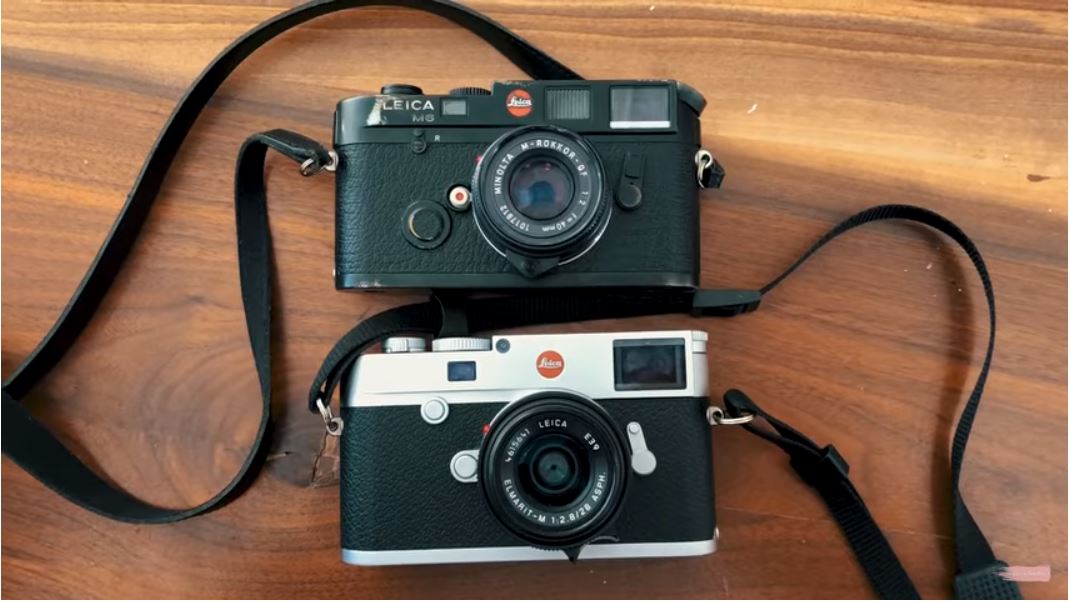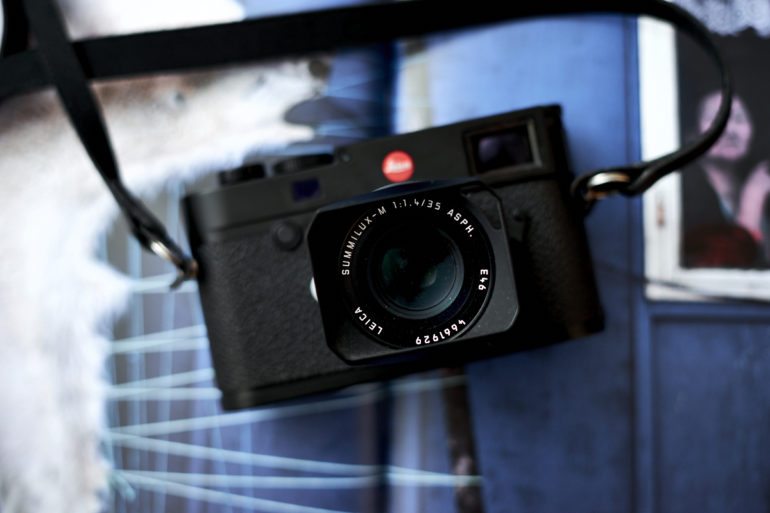Last Updated on 04/17/2018 by Mark Beckenbach
Negative Feedback weighs in on the street and portrait experience with the Leica M10 vs the M6
Ever been curious if it’s worth “upgrading” from a Leica M6 to an M10? In a recent trip to New York City, George Muncey of Negative Feedback swapped his M6 with New Yorker Joe Greer‘s M10 for a day to see how the experience and the results would stack up.
For their photo walk around New York City, George shot with the Leica M10 and a 28mm lens, while Joe shot with the Leica M6 and a 40mm lens (loaded with Kodak Portra 400). A really big difference there is the focal lengths aside from going digital after some years, but George also wanted to see if the wide angle experience is something he’d enjoy. For this test, they decided to shoot street snaps first in Chinatown and take advantage of its busy scenes.
Also be sure to check out our Leica M10 review.
First, let’s see how they fared in the video below.
So, there you have it. Looks like our lads here had a good time shooting street in Chinatown, and they ended up with pretty neat shots as well. George shot in black and white so we can tell straight away which are the shots taken with the M10. Shooting with the 28mm was “pretty wide” and a lot more than what he expected, as George commented during the shoot. A lot of the times, he turned out to be too far away to get the shot that he had in mind, and to counter it, he really had to be in his subjects’ faces. We do see a lot of that in his shots!
On a side note, it’s also interesting to see that George was doing a lot of close-up shots with the Leica M10 + 28mm combo, but Joe seemed to be doing the wider shots with the Leica M6 + 40mm. It’s a giveaway to the photographers’ individuals styles and preferences, and they’d revert to what they prefer or what they’re used to regardless of the equipment.
As some us mostly shooting film could have predicted, going digital after a few years was particularly challenging for someone like George. The digital convenience of seeing your shots straight away and being able to adjust how you’re shooting as a result of that will always be a plus. He found it particularly handy when doing zone focusing on a digital camera. But still, the cons seem to outweigh the pros as far as his style and preference is concerned.
There’s the tendency for a photographer to take himself out of the scene and miss some shots if he checks the screen too much. He also found that the images weren’t particularly striking straight out of the camera, and there’s quite a lot of work involved to make them a little bit more eye-catching. When you have something like 300 photos to sift through and choose from, it does become a bit of a pain.
Do follow and subscribe to George Muncey, Joe Greer, and Negative Feedback if you enjoyed this video.
Screenshot image from the video



